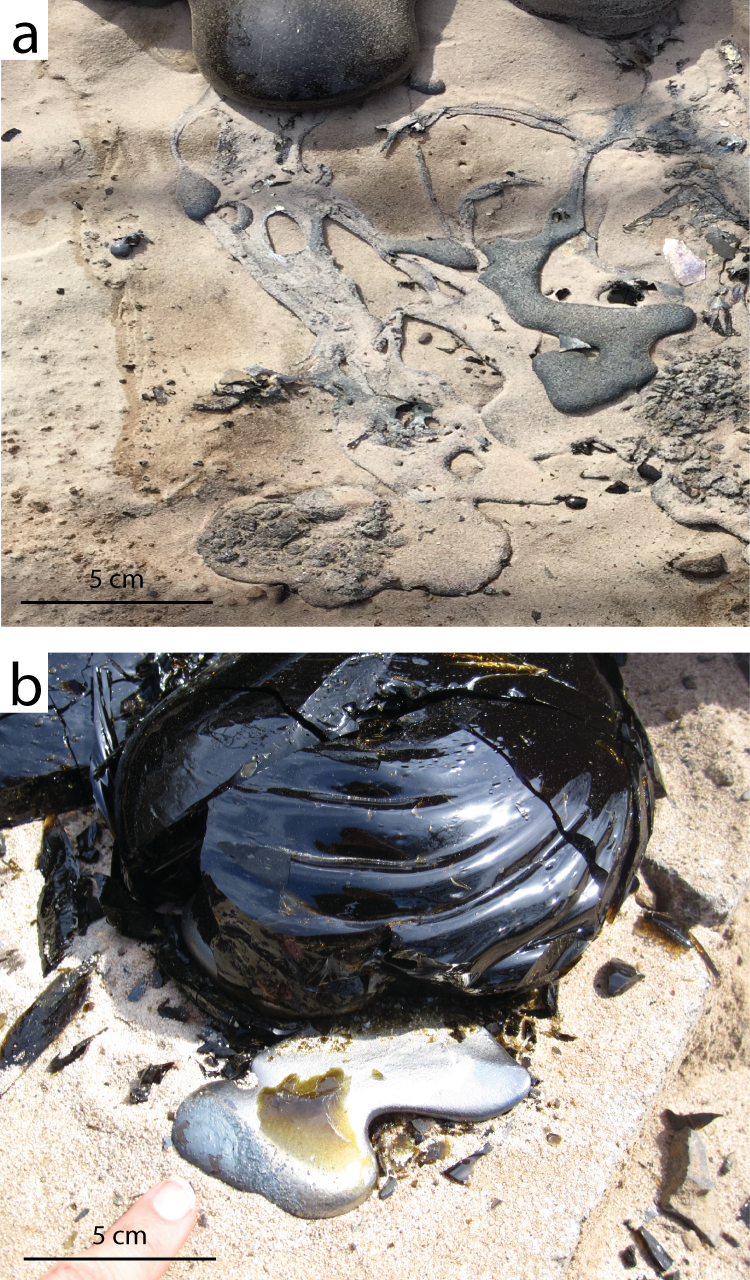What a volcano would look like on a metal world
On Earth it rains water, on Titan liquid methane comes from the sky. On some planets it rains iron or even diamonds. Such differences also exist in volcanology. On Ceres, researchers have discovered ice volcanoes, while terrestrial volcanoes spew cinders of liquid rock. On the asteroid Psyche, which consists primarily of metal, there may once have been iron volcanoes. Perhaps elsewhere, too.
But what would such volcanoes look like? Knowing that is important for detecting them on distant celestial bodies. A team of researchers led by Arianna Soldati of North Carolina State University has studied this in a very practical way – by melting metals. Soldati defines two types of ferrovolcanism: type 1, or pure ferrovolcanism, which occurs on purely metallic bodies; and type 2, spurious ferrovolcanism, which occurs on mixed rocky-metallic bodies.
In a pilot study, Soldati and her colleagues at the Syracuse Lava Project produced Type 2 ferrovolcanism, in which the metal separates from the rock as the magma forms. “The Lava Project’s furnace is configured to melt rock, so we worked with the metals (mainly iron) that naturally occur in it,” Soldati says. “When you melt rock under the extreme conditions of the furnace, some of the iron comes out and sinks to the bottom because it’s heavier. Then we opened and emptied the furnace, and were able to track how the metallic magma behaved compared to the rock.”
The metallic lava flows moved 10 times faster and spread thinner than the rock flows, splitting into a multitude of branching channels. For the most part, the metal moved below the rock flow and exited at the leading edge of the rock lava. The smooth, thin, intricate and widely distributed layers of metallic lava would leave a very different impression on a planet’s surface than the often thick, rough, rocky flows we find on Earth, Soldati said.
“Although this is a pilot project, we can already say some things,” Soldati says. “If there were volcanoes on 16 Psyche – or on any other metallic body – they definitely wouldn’t look like steep-sided Mt. Fuji, one of the best-known terrestrial volcanoes. Instead, they would probably have gentle slopes and broad cones. They would consist of thin streams that spread out over long distances.”

